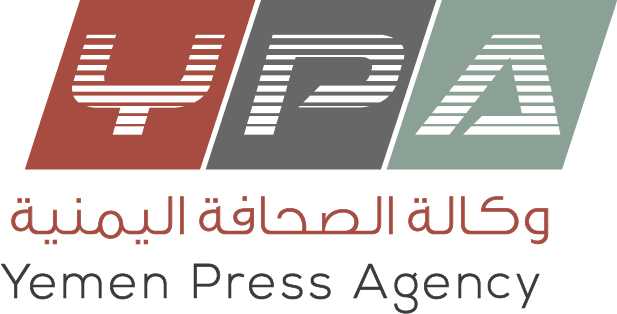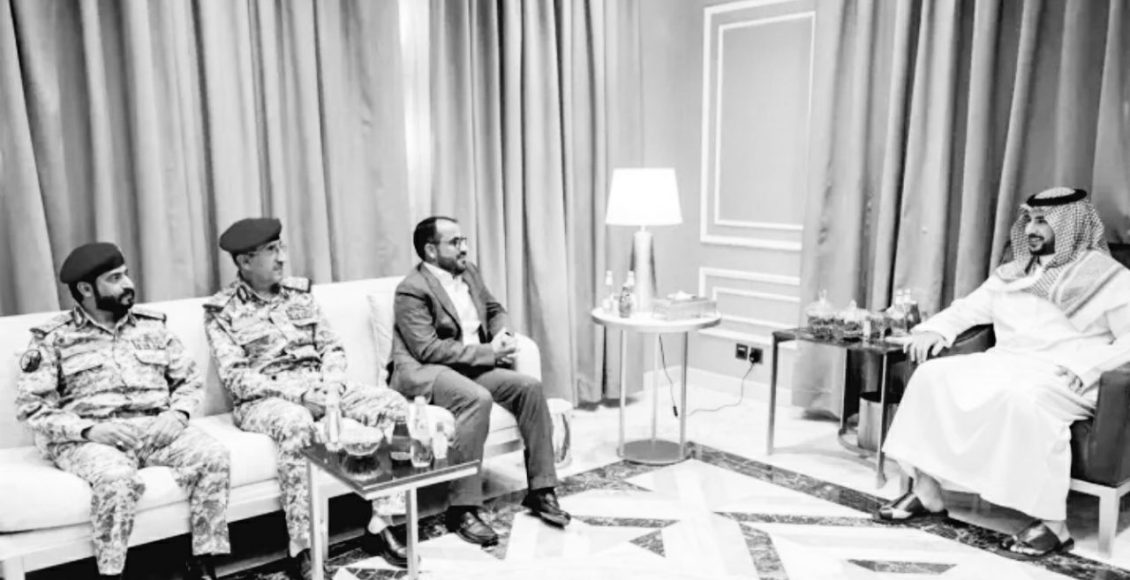SANAA, Nov. 26 (YPA) – For more than four years following the truce agreement between Sanaa and the Saudi-led coalition, the path of peace has remained stalled in the ceasefire phase, failing to move to implement the real peace requirements. The Saudi regime’s adherence to the ongoing economic blockade is what restricts this transition, and keeps the humanitarian situation in Yemen in a deteriorating state without any significant improvement.
This truce is nothing more than a fragile and suspended truce, and does not amount to the necessary measures to establish peace.
Attempts to circumvent the agreement
Since the first days of the entry into force of the ceasefire deal in April 2022, there have been signs of procrastination on the part of the coalition, especially regarding the implementation of items that directly alleviate the suffering of the people of Yemen. The opening of Sanaa airport to civilian flights has not been fully implemented, and the Yemeni employees’ salaries have not been paid, despite being one of the most important items of the agreement, while the measures to impose restrictions on ports operated by the Sanaa government have been continued.
Over time, the attempt to circumvent the agreement became obvious, as American-supported Saudi Arabia sought to perpetuate the state of “no war and no peace”, allowing it to keep pressure papers without making any commitments leading to a real settlement, as Sanaa rejected this path, which led to the tension of the political track and its approach to return to ground zero before Riyadh realized the seriousness of the blockage and initiated direct talks with Sanaa, which later led to the formulation of an integrated road map.
By September 2023, the talks between the two parties had reached a very advanced stage, and expectations were rose that the official announcement of the road map was imminent, but the American intervention at the last moments disrupted the signing process, as Washington exerted direct pressure on Riyadh to stop the agreement, under the pretext of Sanaa’s participation in the Battle of Al-Aqsa Flood and its military position in support of Gaza.
This intervention contributed to the freezing of the entire route, although the agreement was ready in its final form. Mohammed Abdul Salam, head of the Sanaa negotiating delegation, confirmed in a statement dated June 20, 2024, that the parties reached a complete text of the road map, which included a ceasefire, lifting restrictions on ports and airports, and the payment of salaries, in additional to the implementation of economic measures and the exchange of prisoners, and was submitted to the United Nations after the approval of Saudi Arabia, but the implementation of the road map was stopped after Sanaa’s participation in supporting Gaza.
Return to escalation
With the agreement frozen, Saudi Arabia—under clear American pressure-turned to economic escalation again, through the Aden government, targeting the banking sector, the Yemeni airline and commercial outlets, Sayyed Abdulmalik al-Houthi warned in a strongly worded speech on July 7, 2024 of the seriousness of this escalation, stressing that the response would be parallel in level and impact, and that Washington was trying to push Riyadh towards a comprehensive confrontation that does not serve its stability.
Despite the increased severity of the warnings, Saudi Arabia has continued to go on its escalatory measures that carried direct risks to its security and economy, but days after warnings, the Saudi regime chose to de-escalate, while the UN envoy to Yemen, Hans Grundberg, announced on July 23, 2024, that a new understanding between Sanaa and Riyadh was reached to calm tension in the banking sector and the file of Yemeni airlines, but this move remained limited, and was not accompanied by any actual progress in the file of the road map, as Saudi Arabia continued to ignore the road map despite the steps taken remained just measures to contain tension, nothing more.
The feasibility of continued pacification
Saudi Arabia’s continued procrastination in signing the road map and its insistence on maintaining economic restrictions has revealed the absence of a real desire in Riyadh to move to a comprehensive peace phase, as there are no indications to confirm Saudi Arabia’s intention to implement the commitments it agreed to earlier.
Wherefore, in light of the continuation of the economic blockade, the question arises about the feasibility of the truce, which has not translated into real results for more than four years, the suffering of the Yemeni people keeps the same, and the economic situation has not changed, and certainly the Yemeni people will not accept the continuation of this truce, which is not achieved any of its conditions and don’t alleviate the human suffering, and the voices have begun to grow louder in this regard, and the popular demands for the Sanaa government to return to escalation are increasing, in light of indications that the government of Sanaa is studying options to deal with the Saudi position, in the interest of the Yemeni people and end their suffering.
AA


